The AFL is never going to make everyone happy, but the growing unrest over the bidding system for the national draft is nearing a tipping point.
Last Monday night Gold Coast took the process to new levels, adding four Academy prospects in the first round – Jed Walter (pick 3), Ethan Read (9), Jake Rogers (14) and Will Graham (26).
Perhaps our suggestion it cost the Suns “very little”, which Damien Hardwick took exception to, was an exaggeration. But either way, the system which allowed them to turn what was initially two first-round picks (they naturally had 4 and 22) into four is drawing more criticism every year.
Watch India v Australia on Kayo Sports. Every T20 Live with no ad breaks during play. Join Kayo now and start streaming instantly >
The Herald Sun reported Victorian clubs considered intentionally not bidding on any of the Suns’ players as a statement against the rules for northern academies, which contrast with the Next Generation Academy restrictions, where teams now cannot match bids on their tied prospects inside the top 40.
In contrast, Gold Coast, Brisbane, Sydney and GWS can match bids on academy players at any point in the draft, with the only restriction coming from their on-field performance; a team can match one first-round bid if they reach the preliminary finals, two if they reach the finals but are knocked out in the first two weeks, and an unlimited number if they miss the finals. The rule was introduced during the Giants’ period of premiership contention in the late 2010s.
It’s not just the Victorians who are complaining though, with West Coast angry after missing out on NGA prospect Lance Collard, who was taken by St Kilda with pick 28 – before the Eagles’ second selection – while three others with NGA ties (Luamon Lual/Bulldogs, Tew Jiath/Hawthorn and Mitch Edwards/Fremantle) were taken in the 30s.
BIDDING SYSTEM EXPLAINED: How the points work and why picks ‘disappear’
This inequality is at the centre of the frustrations from the 14 clubs effected; but it’s worth noting the northern academies exist to counterbalance the natural inequality the New South Wales and Queensland clubs face, because of where they’re based.
As Brisbane chairman Andrew Wellington explained, those academies help promote the game in non-traditional footy states, which helps the long-term growth of the sport.
“Academies grow the game in non-traditional AFL states which makes the code stronger for everyone,” Wellington said.
“They address a disadvantage which is real and based on results there’s no evidence they have created four northern super clubs at the expense of other clubs.
“To unwind a strategy each time you get evidence it might be working appropriately would be a serious miscalculation.”
It’s a tricky balance to strike, especially when many players with northern academy ties didn’t exactly need that system to get into footy – you’d suggest Nick Blakey was well aware of the sport growing up with dad John.
The AFL wants to promote the code nationwide, and helping the northern teams contributes to that process, but the helping hand can’t be too firm because then the bias swings too far the other way. (You can understand why the Eagles would be so frustrated here, because they share the travel disadvantage with the northern state clubs – and actually have it worse – but don’t share the academy advantage, making it the worst of both worlds.)
But back to the Suns, because it was their suite of selections which created all the problems this year.
We’ve seen teams compile second, third and fourth-round picks before to match bids, but Damien Hardwick’s side took it to a new level, owning over a dozen picks by the time their pre-first round deals were done.
They had 800-odd points worth of picks by the end of Monday night, trading out one of them to Brisbane for a future fourth but otherwise having to just pass – arguably showing it’s way too easy to land a heaping helping of points.
SUNS’ MATCHED BIDS IN 2023 DRAFT
No.3 Jed Walter – used picks 26, 30 and 32, gaining 58 and 87
No.9 Ethan Read – used picks 34, 38 and 48, gaining 49
No.14 Jake Rogers – used picks 42, 47 and 49, gaining 65
No.26 Will Graham – used picks 47 and 51, gaining 69
The Read bid was particularly egregious, with the Suns effectively just paying what should’ve been two late second-round picks for a top-10 player. (Just think about the idea of a team offering to trade picks 34 and 38 for pick 9 – they’d be laughed out the door.)
“The conspiracy theorists say there was a pick swap that they had in the trade period and maybe a wink-wink that we’ll do this deal but on draft night you don’t bid on Walter at No.2 and we get him at three which saves us the points for matching it,” Port Adelaide champion Kane Cornes said on SEN’s Sportsday.
“So whatever it is, the system isn’t right.
“The Suns give up picks 34 and 38 to get Ethan Read at nine … It’s just not fair.
“I’m happy for the academies, I love the father-sons but we need a fairer bidding system that speaks to true value.”
To be clear: nobody is arguing the academies need to go. They’re an important part of a healthy national competition. The Next Generation Academies are also helpful for many players from non-traditional footy backgrounds, promoting diversity in the sport, though it’s safe to say a few players who’ve come through that pathway would’ve gotten to the AFL either way.
But there’s an imbalance here. So how exactly do we solve it?
IDEA ONE: COPY THE NEXT GEN ACADEMY FIX
The AFL has already had to solve one academy problem, though the way they’ve done it has led to complaints coming back the other way.
The NGA issue peaked when the Bulldogs landed Jamarra Ugle-Hagan with pick one in 2020, using picks 29, 33, 41, 42, 52 and 54 to land the year’s top prospect.
That forced changes, with clubs first not allowed to match NGA bids inside the top 20 – Melbourne missed out on Mac Andrew in 2021 because of this change – and then inside the top 40.
This tweak makes a lot of sense when you think about the spirit of the NGAs. They’re about providing opportunity for players who wouldn’t otherwise get one – and if you’re going in the first two rounds of the AFL Draft, you probably (though not always) would’ve been spotted by a recruiter at some stage in your teens. Keeping it to players outside the top 40 means it’s only the diamonds in the rough who are getting a gig because of the NGA system.
It’s also important to keep the NGA rules in check because they impact 14 clubs, not just four, and certain areas of the country have produced more NGA-eligible players than others, with clubs like Adelaide, Carlton and Geelong finding less talent than most. It’s similar to the old VFL zoning rules, where some clubs were powerhouses for decades simply because they had much stronger areas to recruit from.
“There’s different zones that are stronger than others and right at the moment if there was a way to even that up a bit, I think that would be good,” long-time Cats recruiting boss Stephen Wells said this week.
But the top-40 change is exactly what has clubs like West Coast so angry at the moment. They put plenty of work into Lance Collard, but didn’t get any reward, and you don’t want a system where teams aren’t incentivised to put the money and time required into their prospects because they’re worried if it works too well, they’ll miss out anyway.
Plus, the northern academies typically spend a much longer period working with their prospects – the Swans Academy accepts 11-year-olds, while the Suns said on Monday night they’d been working with their quartet of draftees since they were 13. That amount of work does deserve a greater reward.
So limiting it to academy players who fall outside the top 40 would be harsh, especially when you consider it’s those top-end prospects who are really going to influence the growth of the game in the northern states. Imagine if Jed Walter lives up to his billing as one of the best key forward prospects in years, and becomes a Charlie Curnow-level superstar, having worked with the club since he was 12 – and what that’ll mean to talented child athletes on the Gold Coast.
Maybe limiting bids to players outside the top 20 would work better, but again, if you’re taking the top prospects out of contention completely you’re limiting one of the major incentives of the system.
Pies draftee ‘over the moon’ | 02:29
IDEA TWO: BORROW AN AFLW IDEA AND GET A PICK IN THAT ROUND
One of the clear problems with the current bidding system is the idea that a bunch of late picks can be worth one top pick.
This is down to how the system was created. To come up with the numbers – Pick 1 being worth 3000 points, pick 2 worth 2517, and so on – the AFL looked at the historic salary paid to every pick (as an attempt to measure on-field performance) and scaled the points to match that.
So when Pick 1 is worth 3000 points, and Pick 20 is worth 912 points, the system is saying the average Pick 1 is going to be a bit over three times as valuable. (In reality, the average Pick 1 plays 228 career games and one-in-two of them become an All-Australian; the average player picked between 11-20 plays 133 career games, and one-in-five become an All-Australian.)
This is a fine idea on paper. In reality, there’s a problem.
Let’s use the Jed Walter bid as an example. The Suns used picks 26, 30 and 32, gaining 58 and 87 to make up for the excess points that weren’t needed to match the value of pick 3 (remember, there’s also a 20 per cent discount… which we’ll get to later.)
Would a team that owned pick 3 ever trade it for picks 26, 30 and 32? Of course not.
And, sure, you might have an equal chance of finding a superstar player with those three picks – the data says so, and the generally-agreed-upon draft logic is you just want as many shots at the board as possible.
But you have to consider the opportunity cost of using three picks instead of one. The team that only uses pick 3 has two extra list spots it can use, potentially finding one or two even better players; and there is also value in consolidating your talent into a smaller group of list spots because you then just need to find depth to surround the superstars (and finding depth players is easier than finding star-level players).
So pretty much everyone would agree it feels a bit weird seeing a team use a bunch of third-round picks to get a top-10 player. But what if they couldn’t?
The AFLW has introduced a change to its father-daughter bidding process for 2023, which means teams must hold a pick in the round where the player receives a bid in order to match and gain the player.
Previously, teams just had to match a bid with their next available selection, even if that pick was way later in the draft. Now a team like Geelong, who’ll have access to Bendigo Pioneers midfielder Bryde O’Rourke and would likely be a top-15 pick if openly available, will need to use a late first-round pick to match the bid if she goes in that round.
Introducing this rule into the AFL would still allow teams to prepare for their top prospects, and give them access to potential bargains – the Suns would’ve been happy getting Jed Walter at No.3 if they only had to pay pick 25, or whatever it would’ve been – but would ensure the process isn’t too easy.
One drawback to this system is how it makes late first-round picks enormously valuable, potentially even more valuable than mid first-round picks, depending on the situation. And which teams own picks late in a round? The best-performing ones.
There could also be unfortunate circumstances where a bid comes very late in a round (say, at pick 38 when the second round ends at 41), and a team simply cannot get one of the few remaining picks in that round, and thus misses the player.
To avoid this, the rule could be tweaked so a team had to use a draft pick within 15 slots of the bid to match (to pull a number out of thin air).
If the latter was in place for the 2023 Draft, the Suns would’ve had to come into the night owning picks 18, 24, 29 and 41 to match all four bids (and probably would’ve aimed for slightly better picks just in case the bids came earlier). That’s still a series of bargains, but it’s not quite so ridiculous.
Pick 62: Shoenmaker’s friends LOSE IT | 02:52
IDEA THREE: JUST CHANGE THE NUMBERS
The Suns were only the latest example of this, but it’s a bit too easy for teams to acquire late-round picks – which we saw at the beginning of the first round on Monday night.
Four trades dropped in the space of 10 minutes, all involving the Suns (directly or indirectly), allowing them to turn picks 24, 27 and 38 into 30, 40, 42, 46, 51, 54, 60, 63 and 65 – a boost of nearly 700 points.
These deals work because the teams giving up the late picks often know they’re not going to use those selections anyway because they don’t have the list spaces, and would rather move up the order. They’re trades between teams with two different priorities, effectively working with two different currencies that don’t exchange at a fair rate.
And you’ve also got to remember the 20 per cent discount when matching, which is supposed to reward the bidding teams. By definition this means the points system is created to be balanced, and then becomes imbalanced whenever it’s actually used.
So these late picks are valued much more highly by the teams that need to bid, and then become even more valuable when used in a bid.
Why not change the values, then?
A much harsher sliding scale would mean it’s a lot harder to amass the late picks needed to match an early bad.
Current Points Value Index (selected picks only)
Pick 1 worth 3000 points, Pick 20 worth 912 points, Pick 40 worth 429 points, Pick 60 worth 146 points
Theoretical Altered Points Value Index (selected picks only)
Pick 1 worth 3000 points, Pick 20 worth 500 points, Pick 40 worth 200 points, Pick 60 worth 75 points
So if a bid came at Pick 1 in this system – meaning a team would need 2400 points to match, because of the discount – they’d need to acquire roughly three mid/late-first rounders, or six picks in the 20s/30s, to match it. That seems like a more reasonable reflection of Pick 1’s value, doesn’t it?
It’s official! Reid joins West Coast | 03:55
There’s also an even simpler alternative – get rid of the discount!
Remember, Gold Coast didn’t need 2234 points to match the Walter bid at Pick 3, but just 1788 points. Without the discount, they would’ve had to have used picks 26, 30, 32 and 36 instead of just the former three picks.
That may not sound like a huge difference, but when you add up all of the extra points they would’ve needed to match the four bids, they could’ve easily run out of picks or gone into deficit.
In total the Suns saved 1117 points last Monday night, just because of the 20 per cent discount. The idea of the discount is to reward teams who are matching bids; but the bidding system, and exclusive access to these players, is the real reward. There’s no reason to double-up on the benefits.
This feels like the easiest change the AFL could make, which is why we think it’d work. The simplicity is its beauty; it hurts the teams with academies, but still rewards them for their effort, allowing them access to these prospects with just a little more to do at the trade table.
And it’s not just academy bids which could be weakened by this rule – top father-son draftees like Nick Daicos should cost more, too.















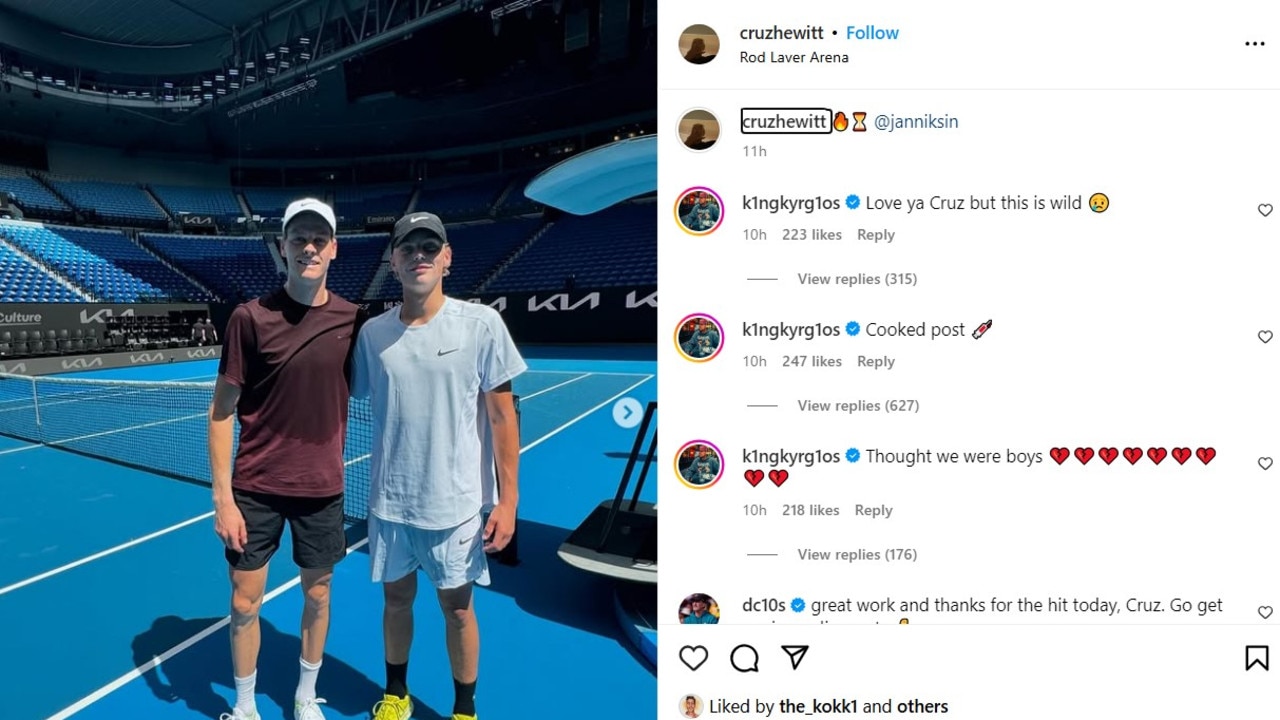
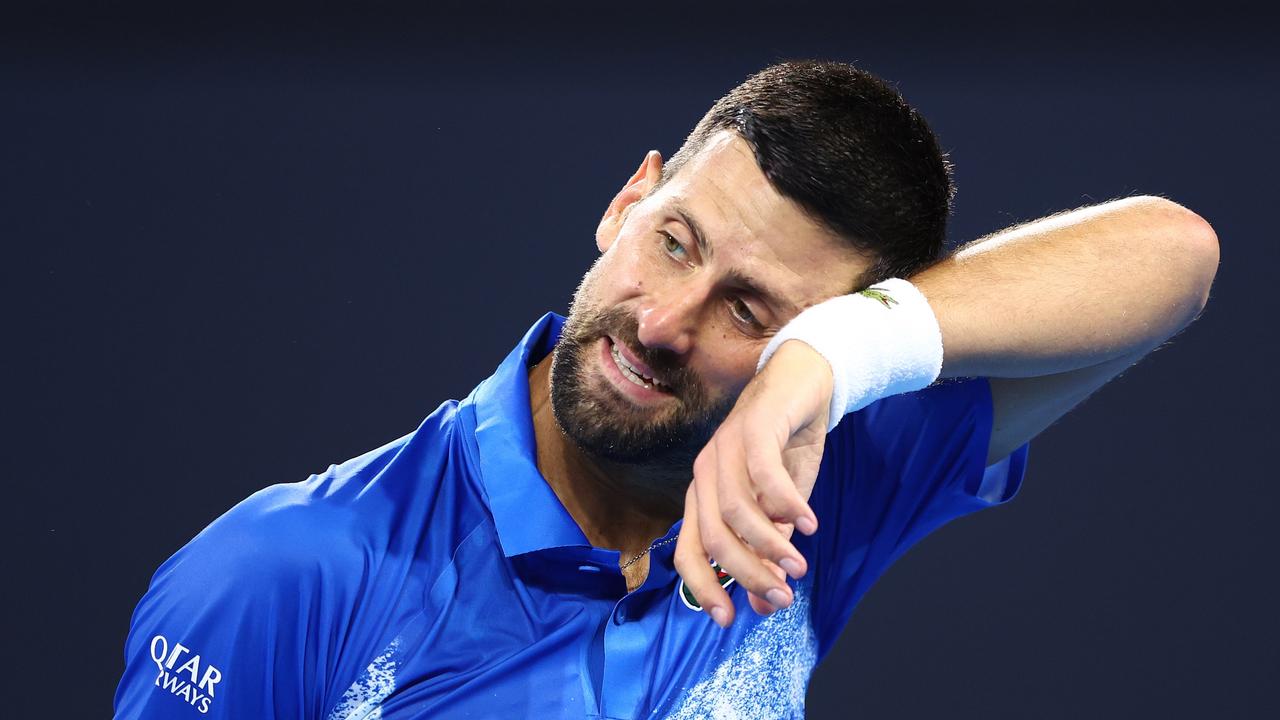

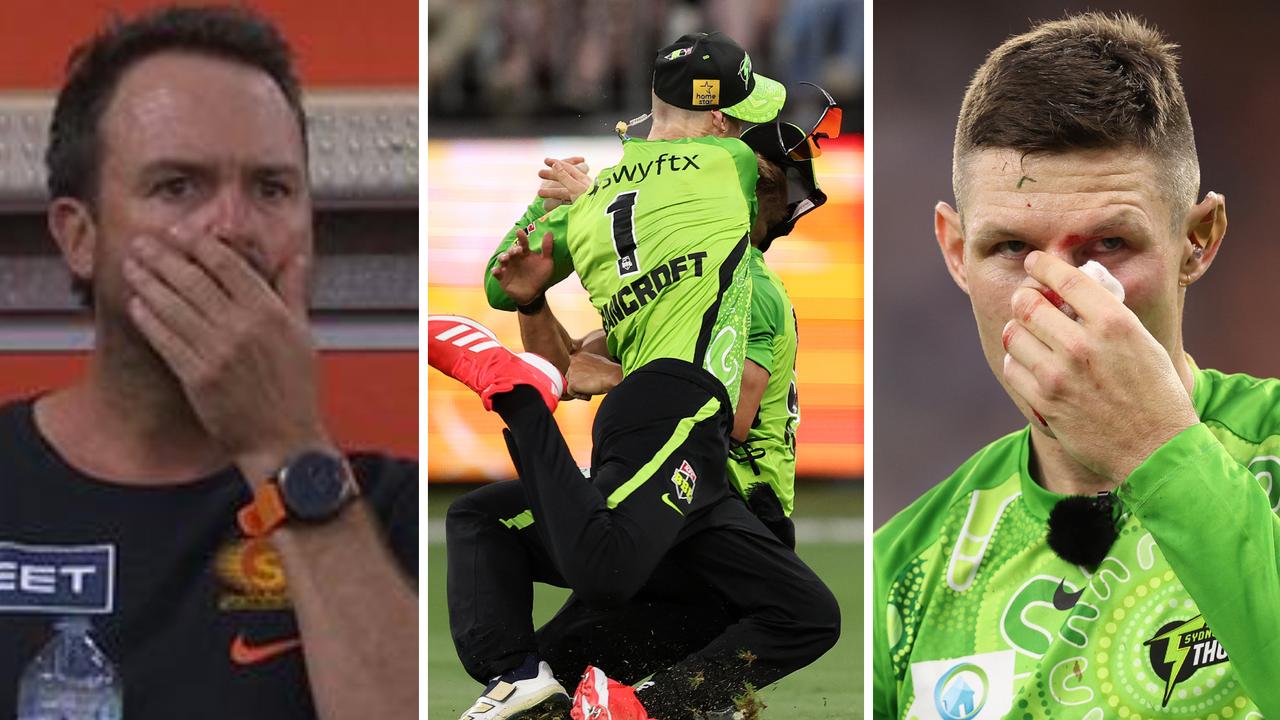
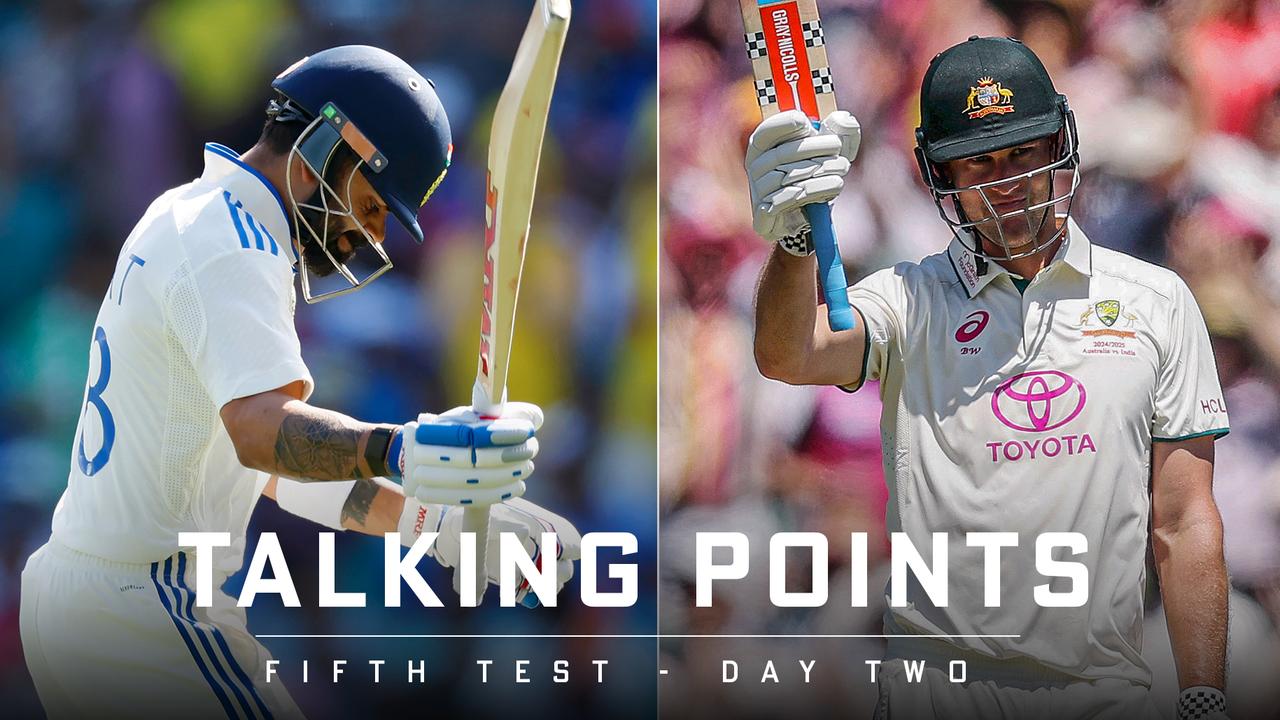









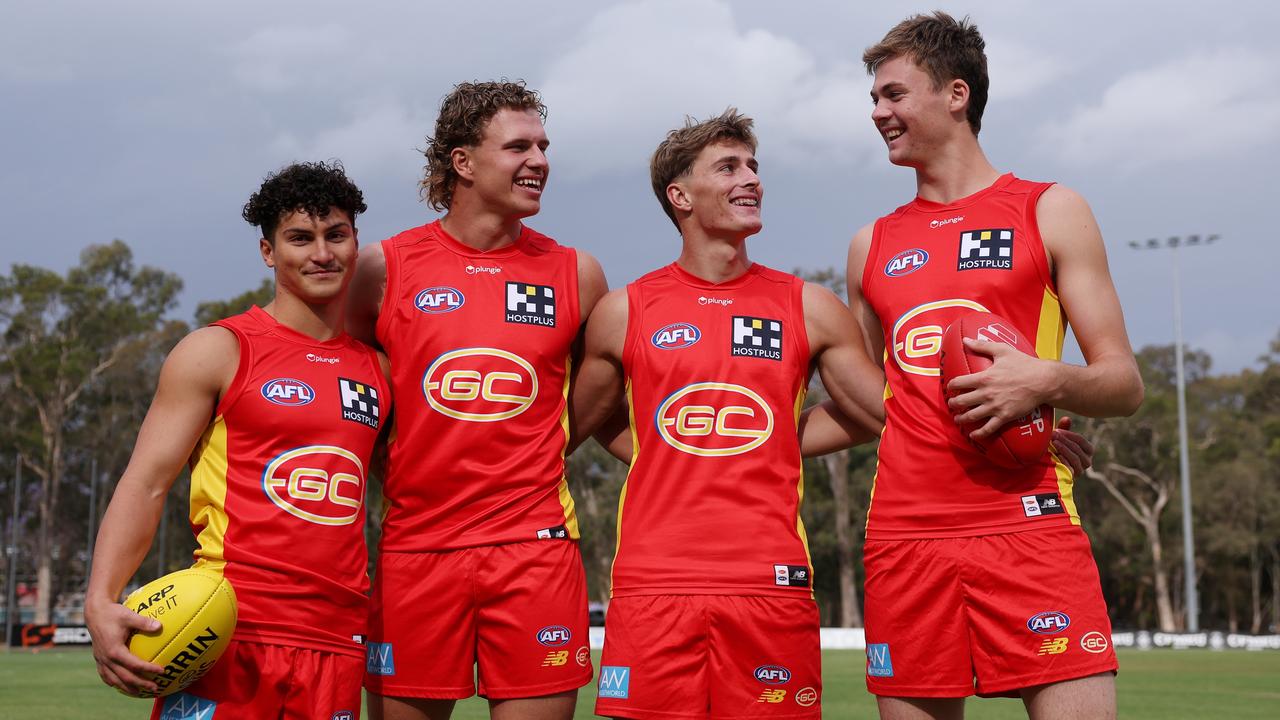
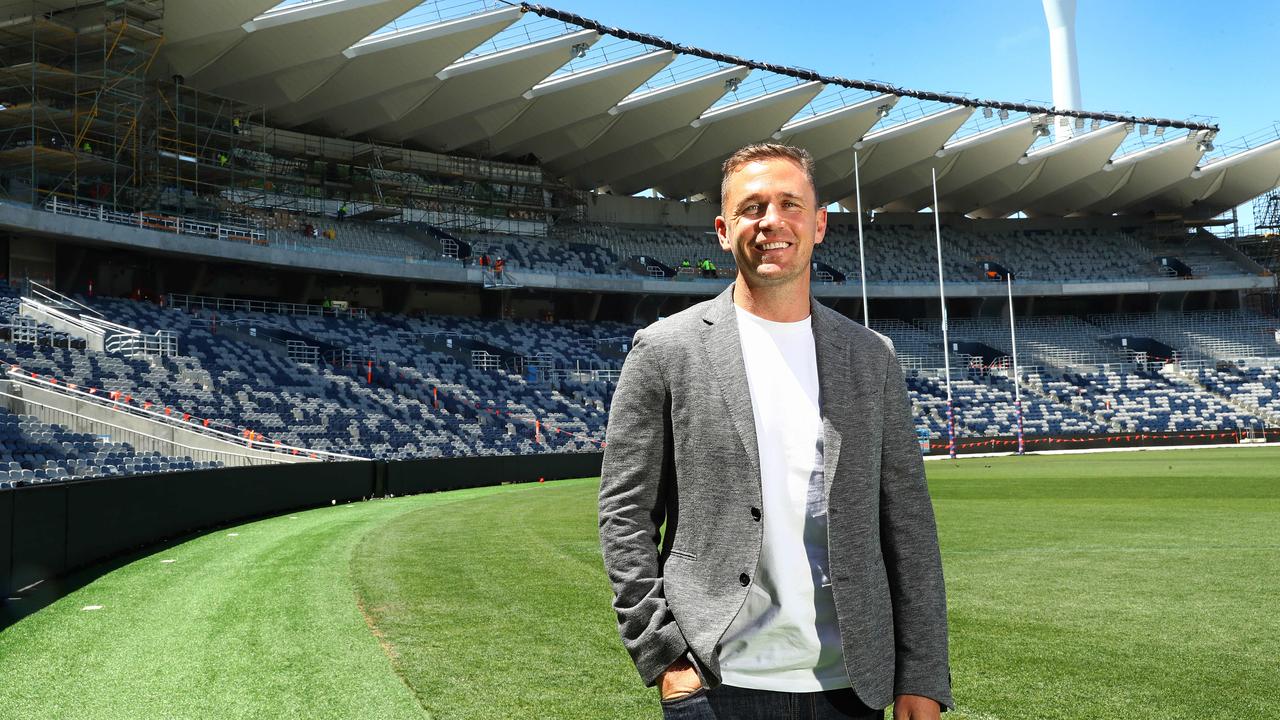
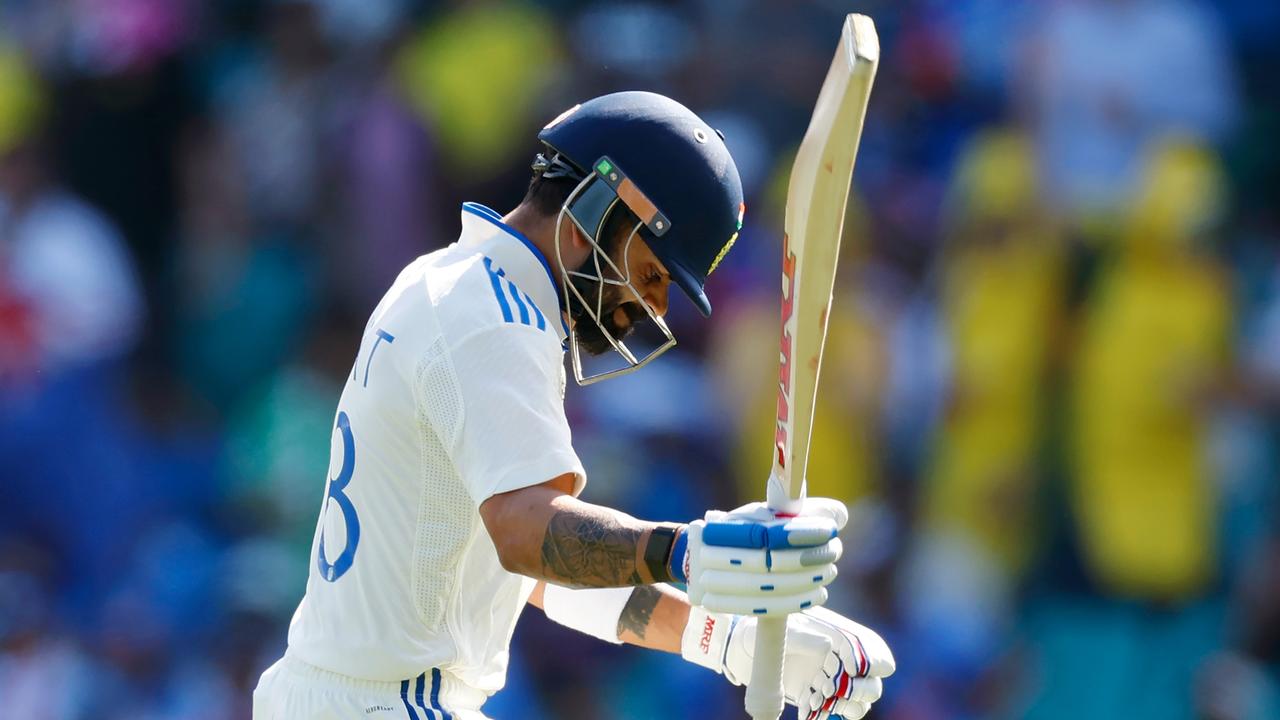
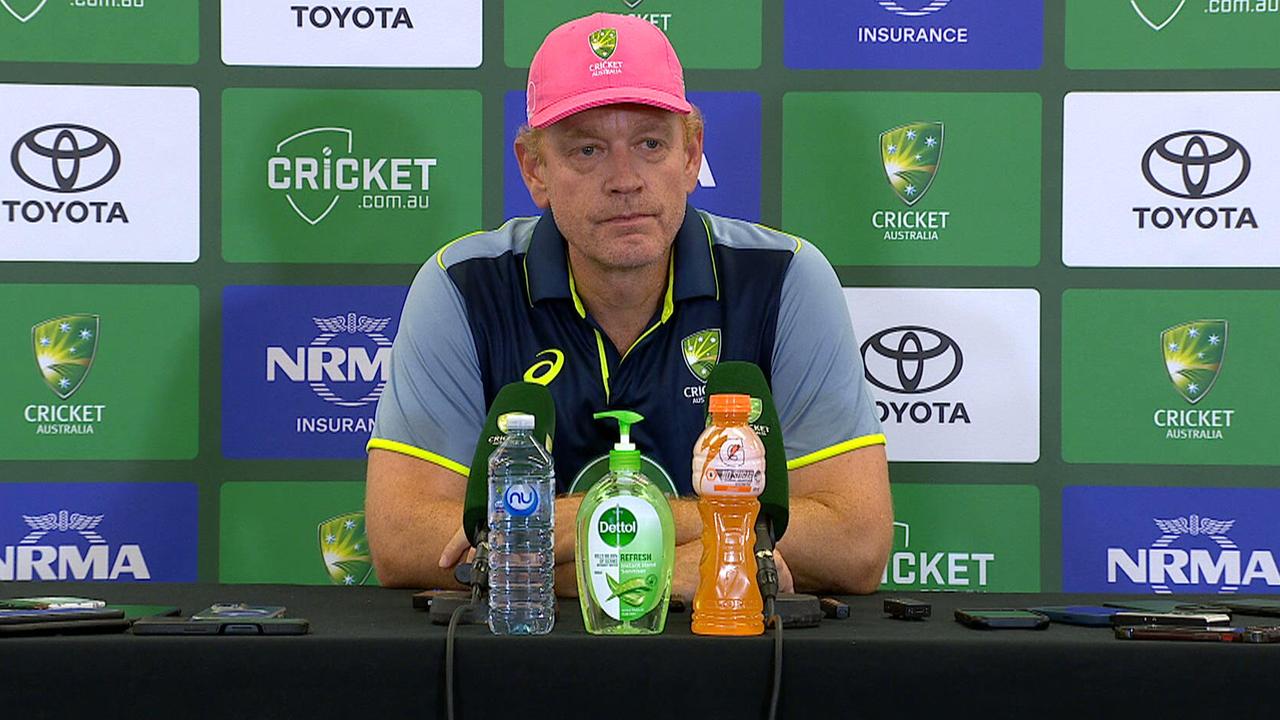

Discussion about this post